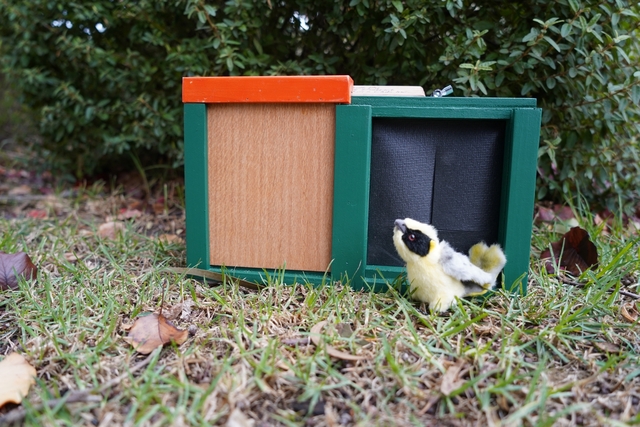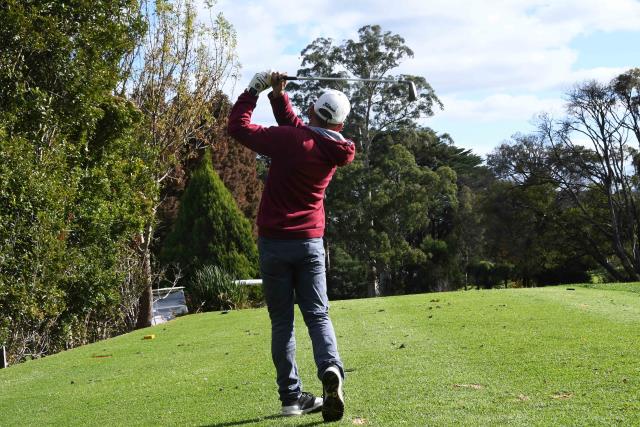A local woodworking group have crafted a number of trap and carry boxes to assist in the conservation of critically endangered Helmeted Honeyeater populations in the Yarra Valley and southern Dandenong Ranges.
The Knox and District Woodworkers Club were commissioned by the Department of Energy, Environment and Climate Action (DEECA) to construct the boxes for the Helmeted Honeyeater Supplementary Feeding Program.
The program is based within the Liwik Barring Landscape Conservation Area which works to restore the natural environment of a unique area in the Yarra Valley and southern Dandenong Ranges.
The Knox and District Woodworkers Club formed in 1988 and consists of approximately 170 members, which provides a space for like-minded woodworkers to share their craft and knowledge.
“I was approached by DEECA to make some boxes for the Helmeted Honeyeater birds,” said Knox and District Woodworkers Club vice president Andre Cook.
“The club is often asked by public and community organisations like CFA, SES, Infolink, local police and DEECA for assistance with designing, making and repairing various items.”
One of the boxes, used to capture the birds, is a cube made from plywood with a sliding trap door and metal carry handle.
The other box is for carrying the birds, fit with a sliding door, metal carry handle and a shade cloth in the back to provide fresh air.
The two types of boxes are fundamental pieces of equipment frequently used by DEECA staff to capture and transport birds for a variety of purposes, including banding for identification, DNA sequencing, and veterinary treatment.
Helmeted Honeyeaters are an iconic species of bird in Victoria who are currently critically endangered due to land clearing and increased fires destroying their habitat.
A subspecies of the yellow-tufted honeyeater, these birds are the faunal emblem for the state and currently exist as isolated populations in the Yellingbo Nature Conservation Area, with new colonies being established near O’Shannassy Reservoir and in the Cardinia Creek area.
Staff and volunteers operate the supplementary feeding program that is part of the larger Helmeted Honeyeater Recovery Program – an initiative which has been running since 1989.
The broader program has a variety of aims, such as increasing the size of wild populations, protecting and re-establishing their habitat, managing the captive population to provide insurance for the species, and increasing their evolutionary potential.







